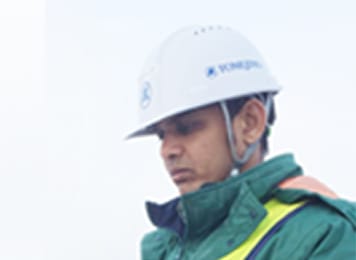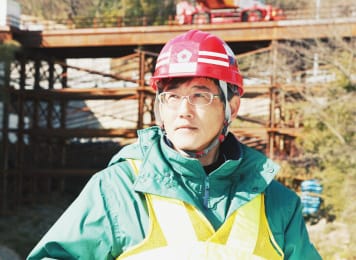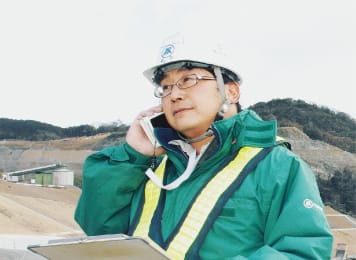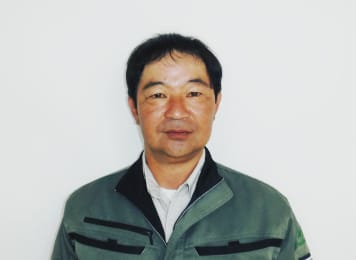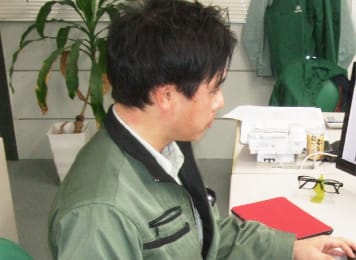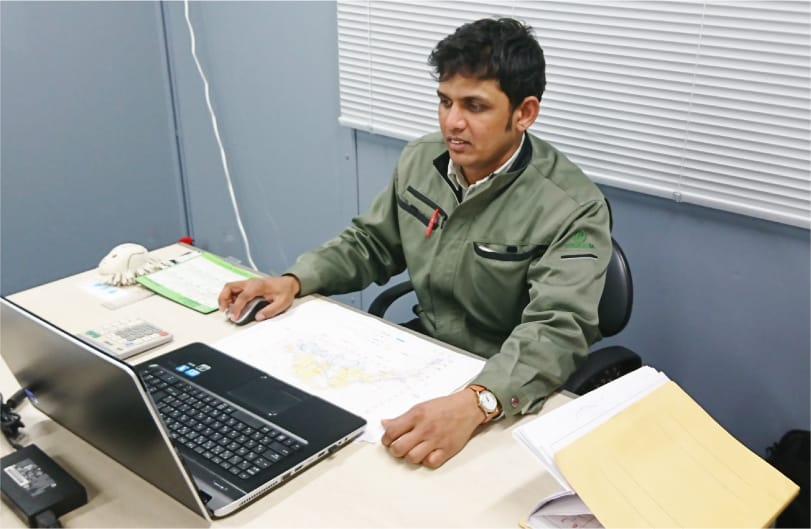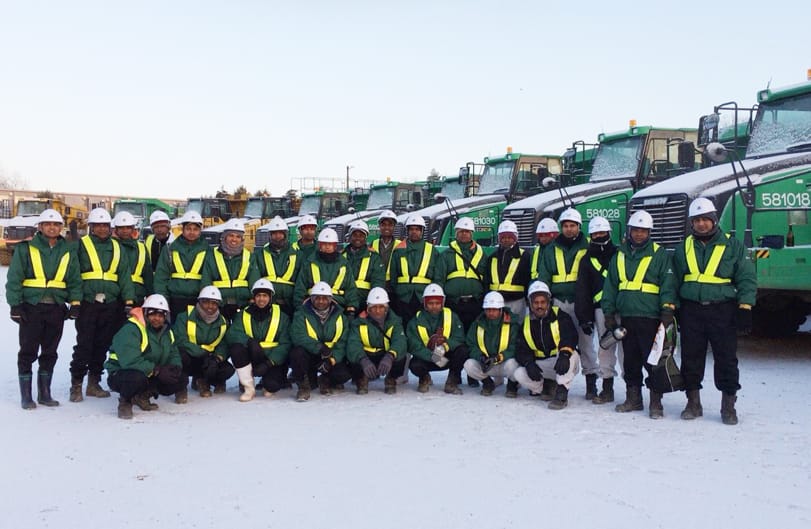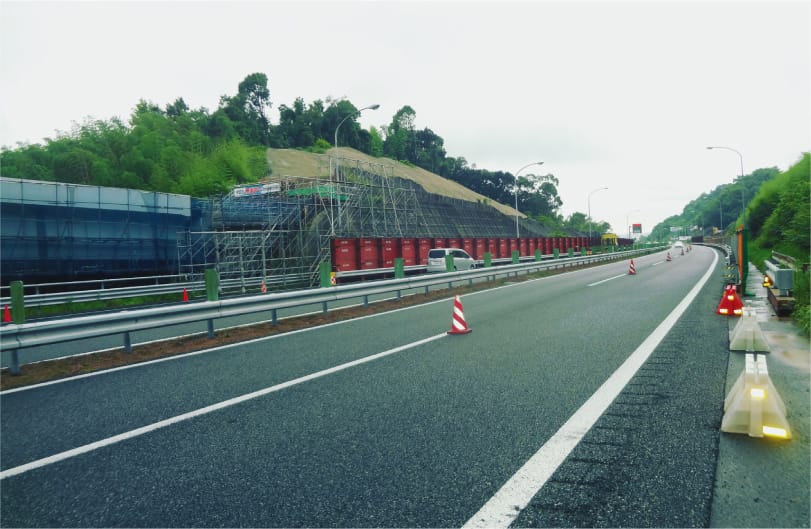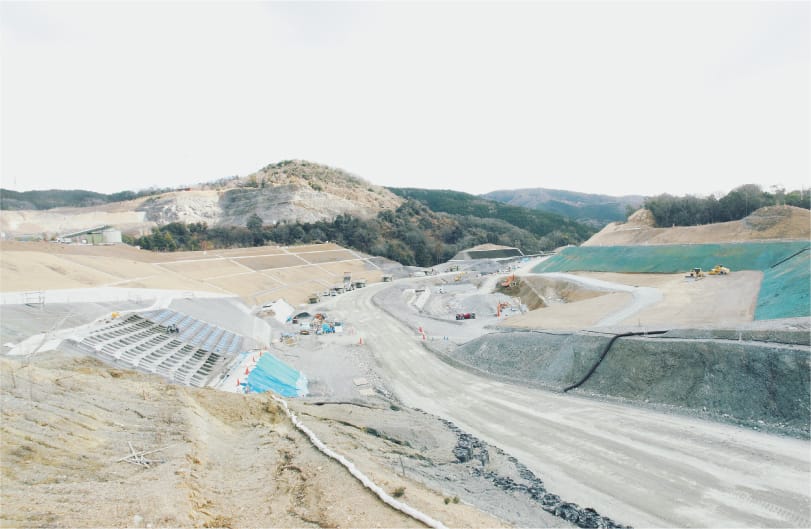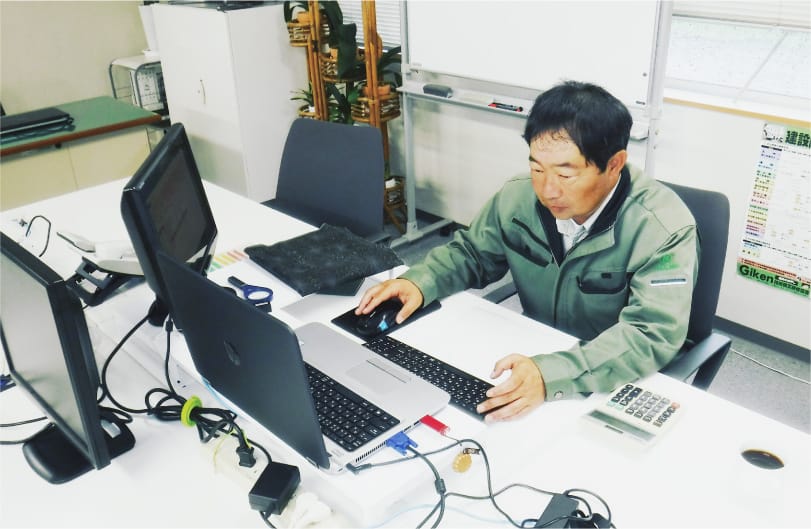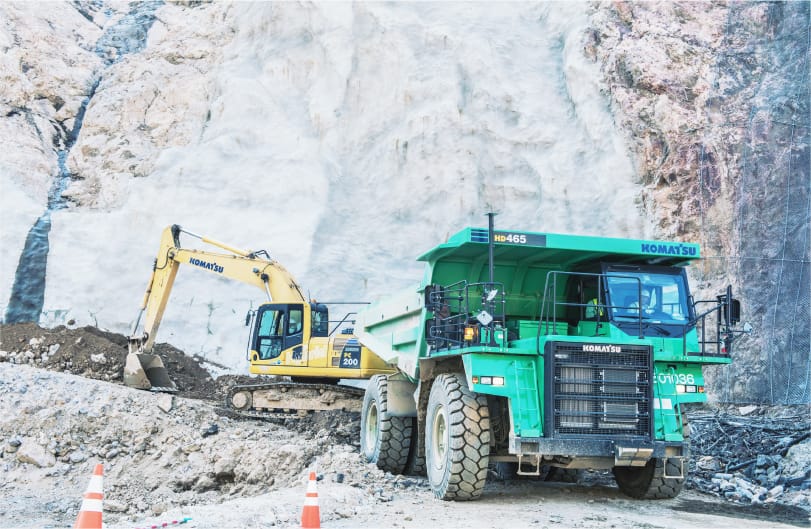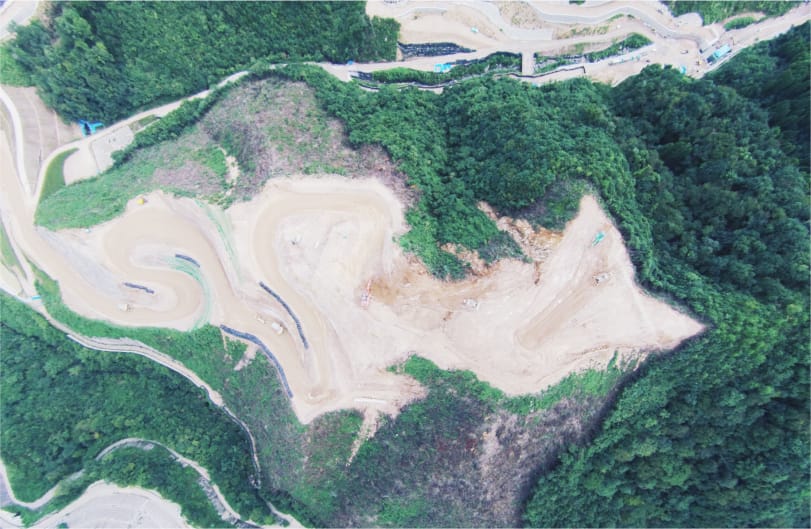Career Stories
Field manager

Site Preparation of a Mega Solar Power Plant
Mimasaka, Okayama

Assist as an interpreter of Heavy Equipment Operators
Sampath Sujeewa, Interpreter
I am an interpreter working on the site of a mega solar power plant in Mimasaka City, Okayama Prefecture. On this site, 26 Sri Lankans are working together with Japanese as technical trainees (heavy equipment operators).
My job is to interpret the instructions given by the director to the trainees and help them to make sure the construction goes smoothly. This is my first time to work in the construction industry, but I find it rewarding to engage in a job that uses heavy construction machinery to transform the terrain to land with a new value. And I take this job as an opportunity to build my leadership skills and experience in operating heavy construction machinery.
Japanese people here have treated me kindly and taught a lot of things both jobs and how living in Japan. Still, I have to learn lots of things related to Japanese culture and I look forward to learning more.
The culture between Japan and Sri Lanka differs in all kinds of ways, and our ways of thinking also differ. I have learned one mistake on site can lead to a serious accident. Therefore, stress the importance of following Japan’s safety rules, putting safety first, and avoiding accidents to the trainee.
DATA My work experience
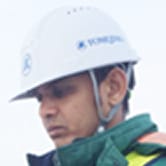
I joined this company in July 2017. I like cricket. I have been living in Japan for ten years, and my job is to accurately interpret instructions for trainees and other content

Wakayama Junction and Kii Construction
Kii, Wakayama

Cultivate Foresight through Experience
Naoto Takase, Branch Manager , Kansai Branch
In constructing a junction connecting the Hanwa Expressway and the Keinawa Expressway, we were in charge of road earthwork, irrigation and drainage work, and bridge abutment work. Besides, we also introduced computerized construction with GPS information for the construction of a retention basin outside the district.
In civil engineering, it is important to be able to foresee what the site will look like tomorrow, a week, or a month from now while it may be difficult at first. At the same time, we must always remember to take the utmost attention to safety.
I hope you will develop the skills necessary to be a civil engineer by experiencing many construction sites and appreciating the chance to meet people in each area.
DATA My work experience
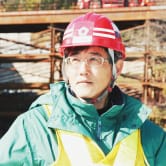
Joined the company in 1992, worked on Bukkyo University Kyoto Iwakura Grounds renovation (Kyoto) in August 1999, Kyoto Toba Waste Disposal Facility pollution reservoir corrosion protection (Kyoto) in March 2001, Onomichi Expressway Oyamada (main section) earthwork, irrigation and drainage (Hiroshima) in May 2005, Higashi-Kyushu Expressway Nakamura (Fukuoka) in January 2013, and Hanwa Expressway Wakayama Junction (Wakayama) in September 2015.

Takatsuki IC Construction
Takatsuki, Osaka

A Good Relationship for Smoother Work
Daisuke Mori, Office Manager, Civil Engineering Division, Construction Department
I am an office manager and responsible for land reclamation of the construction of the Takatsuki IC, which connects the Shin-Meishin Expressway with the Meishin Expressway.
I always try to communicate with the residents of the neighborhood, site staff, business partners, and other people as much as possible to build trusting relationships so that we can ensure the smooth running of our work. As a leader, it is also important to make quick decisions to gain the trust of the site staff.
While we can handle heavy construction machinery such as power shovels and dump trucks, we also have a wide range of specialized departments. We hope you join us and work together to transform nature into a new land that remains on the map.
DATA My work experience
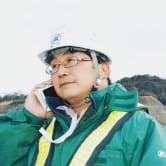
Joined the company in 1996, worked on Ikuchijima-Minami Interchange construction (Hiroshima) in August 1996, civil engineering for the Ichikawa final disposal site (Hyogo) in December 2001, Habikigaoka Danchi construction (Osaka) in January 2003, Sanbanchi development in Yamatecho, Ashiya (Hyogo) in January 2006, and civil engineering for Yodo Station area elevation (Kyoto) in September 2008.

Site Preparation in the Taro district of Miyako City
Miyako, Iwate

Building Trust through Communication
Yasunori Aoki, Branch Manager , Tohoku Branch
At the site of the earthquake reconstruction project in the Taro district of Miyako City, we were engaged in the construction of a new site for the relocation of a residential area that had been severely damaged by the tsunami in the Great East Japan Earthquake to a new residential area on high ground that would not be damaged by the tsunami in the future.
At the height of the project, there were 70 to 80 local staff and construction workers. To make the construction progress smoothly, we tried to communicate with them as much as possible and build a relationship of trust, taking into account the characteristics of the region. To earn their trust, I was required to act quickly and make quick decisions in some situations. I could have made much better decisions if I had enough time, but I believe these experiences will be useful later in other construction sites.
Civil engineering is always influenced by nature and the climate, and we are faced with various challenges until the construction is completed. However, it is our pleasure to see directly how the site is constructed with each day to day, week to a month, and I feel worth doing when the construction is completed and it remains on the map as a new land.
DATA My work experience
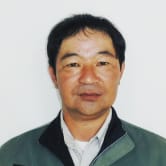
Joined the company in 1993, worked on Habikigaoka Danchi construction (Osaka) in December 2003, Higashi-Kanto Expressway Ibaraki (Ibaraki) in May 2007, Ken-O Expressway Konaka (Chiba) in July 2010, Tama Higashiyama residential housing development (Tokyo) in October 2012, and Taro ground leveling in December 2013.

Oita River Dam Construction
Oita

Using ICT to Build the Future Construction Site
Akira Okamoto, Junior Manager , Civil Engineering Division, Construction Department
I am assigned to ICT construction management in the construction of the Oita River Dam, which utilized ICT (Information and Communication Technology) such as GNSS surveying, machine guidance, and drones.
ICT is introduced in all processes of "surveying, design and construction planning, construction and inspection" and aims to improve productivity by using 3D data consistently. This system uses location information from artificial satellites (GPS) to support the operation of heavy machinery, check the progress and shape of the workpiece, and survey using drones, making it possible to mechanize work that was previously done by humans. Specialized in "work style reform," it can reduce the number of workers and shorten working hours.
GPS is a navigation system developed by the U.S. for military purposes during the Cold War with the former Soviet Union, and became operational about 24 years ago. Starting with car navigation systems, GPS is used in a wide variety of situations including traffic (aviation, shipping, and railroad), weather, crime prevention, and personal smartphones, and now it becomes a part of our lives.
DATA My work experience
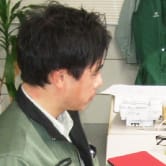
Joined the company in 1997, worked on Algeria East-West Highway in August 2007, Kaneda land improvement (Hiroshima) in December 2009, Sanda construction (Hyogo) in December 2013, and the Oita River Dam (Oita) in February 2014.


